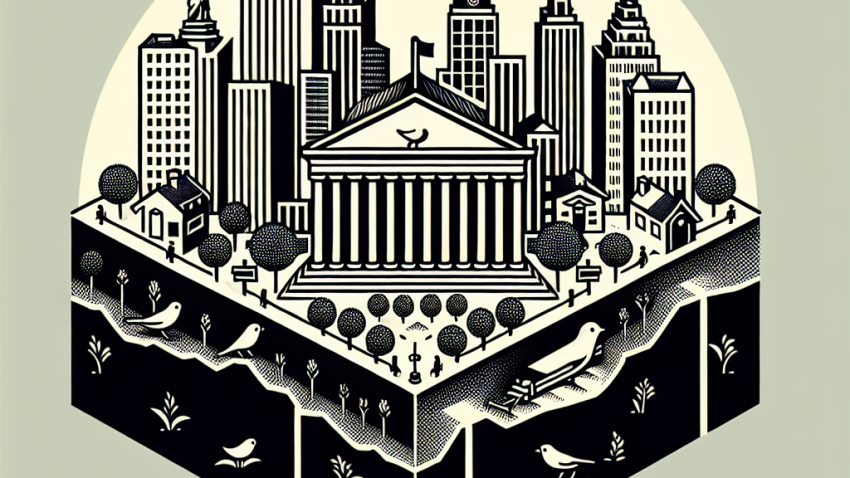
The Gilt Market Repricing: A Canary in the Fiscal Mine?
The Dollar Dilemma: Can the Greenback Keep Its Crown as the World’s Reserve Currency?
In the grand chessboard that is global finance, few pieces carry the weight—and instability—of the U.S. dollar. For decades, the mighty Greenback has held the exalted status of the world’s primary reserve currency, an honor that ensures America can finance deficits cheaply while the rest of the world scrambles for its bills like they’re Willy Wonka’s golden tickets. But can this reign last forever? Ah, dear reader, the tides of macroeconomics are rarely still.
I’m Dr. Alistair P. Whitmore, and I invite you to fasten your intellectual seatbelt as we explore whether the dollar can maintain its dominance amid rising geopolitical tensions, de-dollarization efforts, and a shifting global order. Spoiler: it’s complicated, but not hopeless.
The Historical Ascent of the U.S. Dollar
To understand the current debate, one must first appreciate the dollar’s journey to dominance. After World War II, the Bretton Woods Agreement anointed the dollar as the cornerstone of global finance. Pegged to gold ($35 an ounce, remember?), it became the anchor amid postwar reconstruction chaos.
When President Nixon severed the dollar’s link to gold in 1971, many prophesied doom. Yet the dollar endured—bolstered by America’s economic might, deep capital markets, and the global thirst for U.S. Treasury securities. By the end of the Cold War, nearly 70% of global reserves were held in dollars. Bow down, pound sterling; there’s a new king in town.
Why the Dollar Is Still King
1. Trust in U.S. Institutions
While Wall Street occasionally resembles a Martin Scorsese screenplay come to life, the strength of the U.S. legal system, Federal Reserve, and market transparency keeps global investors feeling (relatively) safe. The U.S. still retains the “benefit of the doubt” in moments of crisis—which, let’s be fair, seems to be every third Tuesday lately.
2. Liquidity Like No Other
The dollar offers unmatched liquidity. When markets wobble, institutions clamor for dollar-denominated assets like toddlers to candy. U.S. Treasury bonds are still considered the planet’s most secure investments, and their market is so vast that even sovereign wealth funds and central banks can park billions without making a splash.
3. The Oil Factor
Let us not overlook the so-called “petrodollar” system. Since the 1970s, oil contracts have predominantly been priced in dollars. This crucial twist binds energy importers (read: practically everyone) to dollar-based transactions, reinforcing global demand. Every time a nation imports oil, the dollar enjoys another sip of relevance.
The Winds of Change: Challenges to Dollar Domination
Still, dark clouds hover over the dollar’s global dominance. The world has grown more multipolar, and some actors aren’t so keen on America holding the remote control. Here are the key threats the Greenback now faces:
1. De-dollarization Movements
Countries like China, Russia, and Iran are actively seeking alternatives to bypass U.S. sanctions and reduce their dollar dependence. In 2023, BRICS discussions even included a common currency proposal for trade settlement—a sort of Monopoly money for anti-dollar trade blocs.
Moreover, central banks around the globe have started diversifying reserves. According to the IMF, the dollar’s share of global reserves fell to 58.3% in 2023, its lowest point in nearly three decades.
2. Weaponization of the Dollar
Herein lies the paradox: the dollar’s dominance has allowed the U.S. to wield it as a political weapon (see: sanctions). But such tactics come at a price. Other countries are increasingly wary of holding a currency so easily leveraged against them in conflicts both economic and ideological.
3. Rise of Digital Currencies and CBDCs
The emergence of Central Bank Digital Currencies (CBDCs) could shake the dollar’s throne. China’s digital yuan trials have already processed billions in transactions domestically, and Beijing envisions international adoption in its Belt and Road corridors. While still nascent, these tools could erode decades of dollar dependency.
Could Another Currency Take Its Place?
If the dollar were to stumble, who might ascend the throne? Let us examine the top contenders:
- Euro: Large economy, liquid markets—but hobbled by bureaucratic gridlock and lack of a unified fiscal policy.
- Chinese Yuan (Renminbi): Rising power with global ambitions—yet capital controls and lack of convertibility are major obstacles.
- Gold and Cryptocurrencies: Decentralized and beyond central interference, certainly—but far too volatile and not widely accepted for daily transactional use.
In other words: while there are pretenders to the throne, no other currency offers the same breadth, trust, and liquidity as the dollar at this time.
Can the Dollar Reinvent Itself?
Far from resting on faded laurels, the dollar still has cards to play. The U.S. can retain its currency supremacy—if it adapts:
- Embrace financial innovation: Issuing a digital dollar could solidify U.S. influence in a more decentralized financial future.
- Strengthen geopolitical alliances: Dollar-based trade agreements with partners in Asia, Africa, and Latin America could bolster its relevance.
- Fiscal responsibility: Though Congress appears allergic to the concept, a prudent fiscal strategy would reassure investors of America’s long-term stability.
The Takeaway: Still Supreme, But Not Untouchable
So, will the dollar lose its global crown? Not imminently. Its reign continues, not by perfection, but by the absence of a credible alternative. However, it’s no longer the unchallenged monarch it once was. The real risk lies not in a sudden dethroning, but in a gradual erosion—death by a thousand transaction fees, if you will.
For now, the world still runs on dollars. As for how long that remains true, I’ll simply say this: history is not known for stability, and neither is the global financial system. Wise investors, economists, and central bankers alike would do well to monitor the signposts of change.
If you’d like to know more about who we are and our mission at Financeone, visit our About Us page. For inquiries or suggestions, feel free to contact us. Until next time, stay rational—and perhaps keep a bit of gold beneath your mattress, just in case.

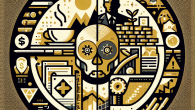


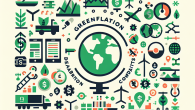
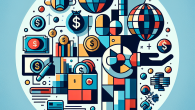
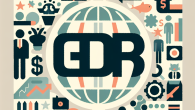

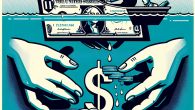
Leave a Reply